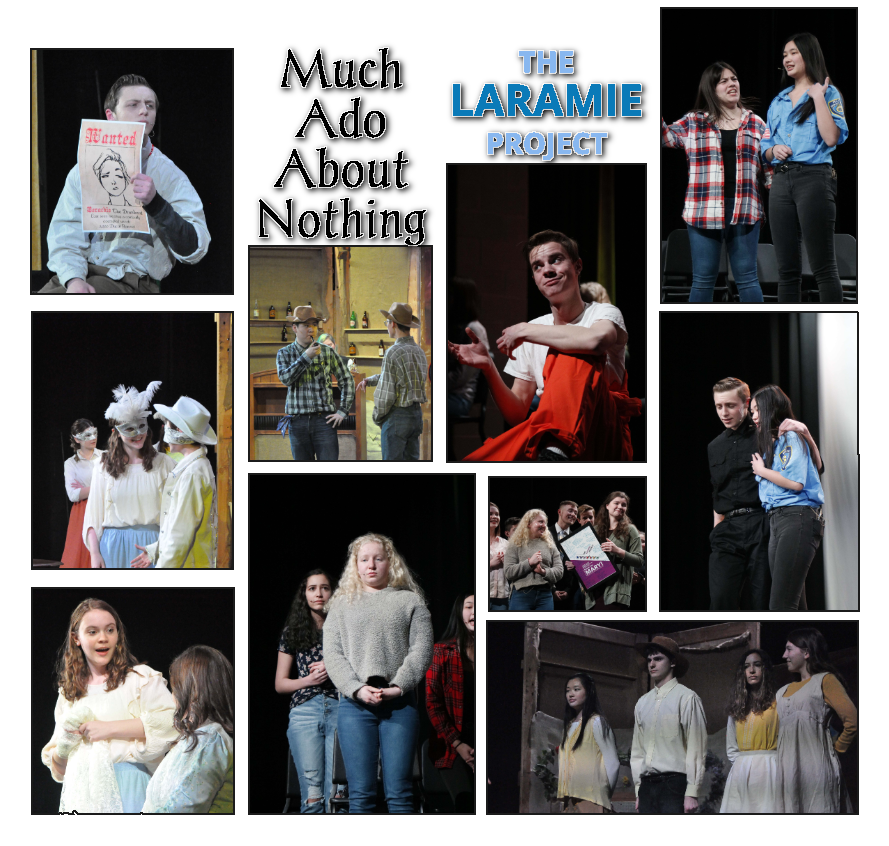Prerequsite: None
The ECE Popular Music and Diversity in American Society course is an introduction to
popular music and diversity in America: jazz, blues, Top 40 pop, rock, hip-hop, and
other genres. Musicians and their music are studied in the context of
twentieth-century and contemporary American society, emphasizing issues of race,
gender, class and resistance.
ECE Music 1003 is designed to introduce students to the most significant genres of
American popular music of the last one hundred years, and to the role of cultural
diversity in their evolution. It will emphasize pre-1940 African American genres,
the music of rural and non-mainstream urban Caucasians, and post-1945 pop and rock
music across the expanding American demographic spectrum, including newimmigrant
groups from the Carribean basin and and Central and South America. It seeks to make
students more culturally discerning and active listeners by surveying the elements
of music


